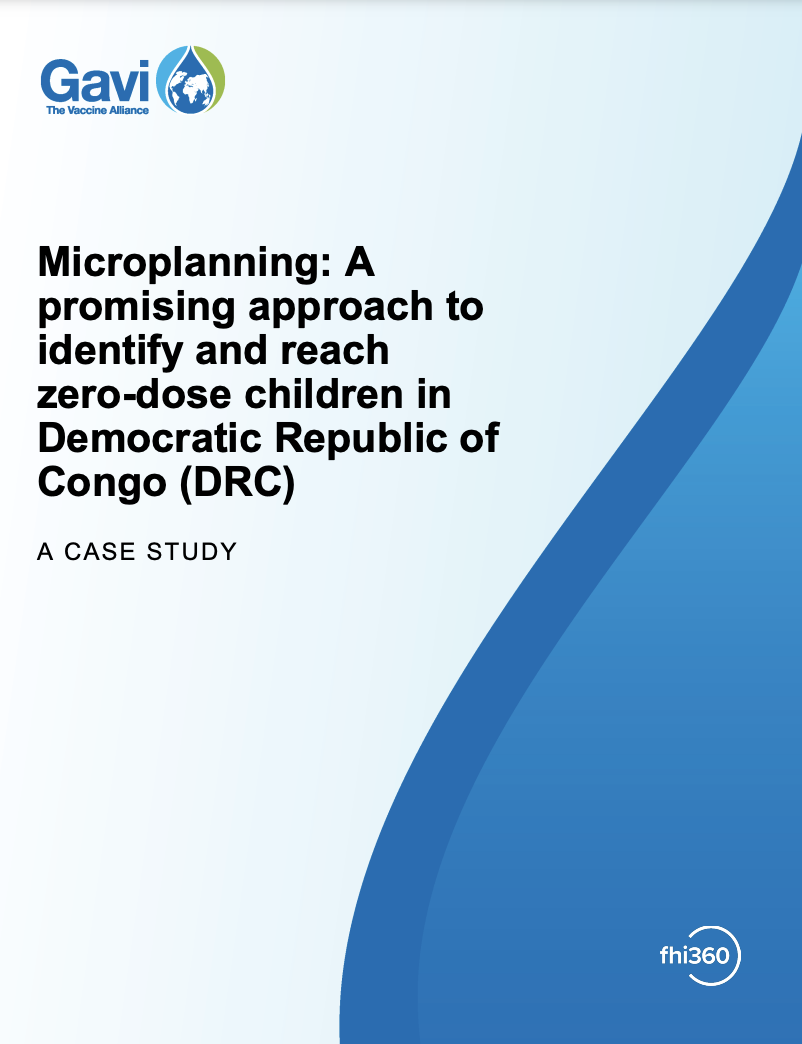National and sub-national variation in patterns of febrile case management in sub-Saharan Africa
Given national healthcare coverage gaps, understanding treatment-seeking behaviour for fever is crucial for the management of childhood illness and to reduce deaths. Here, we conduct a modelling study triangulating household survey data for fever in children under the age of five years with georeferenced public health facility databases (n = 86,442 facilities) in 29 countries across sub-Saharan Africa, to estimate the probability of seeking treatment for fever at public facilities. A Bayesian item response theory framework is used to estimate this probability based on reported fever episodes, treatment choice, residence, and estimated travel-time to the nearest public-sector health facility. Findings show inter- and intra-country variation, with the likelihood of seeking treatment for fever less than 50% in 16 countries. Results highlight the need to invest in public healthcare and related databases. The variation in public sector use illustrates the need to include such modelling in future infectious disease burden estimation.
| Authors | V. Alegana, et al. |
|---|---|
| Source | Nature Communications |
| Published | 2018 |



